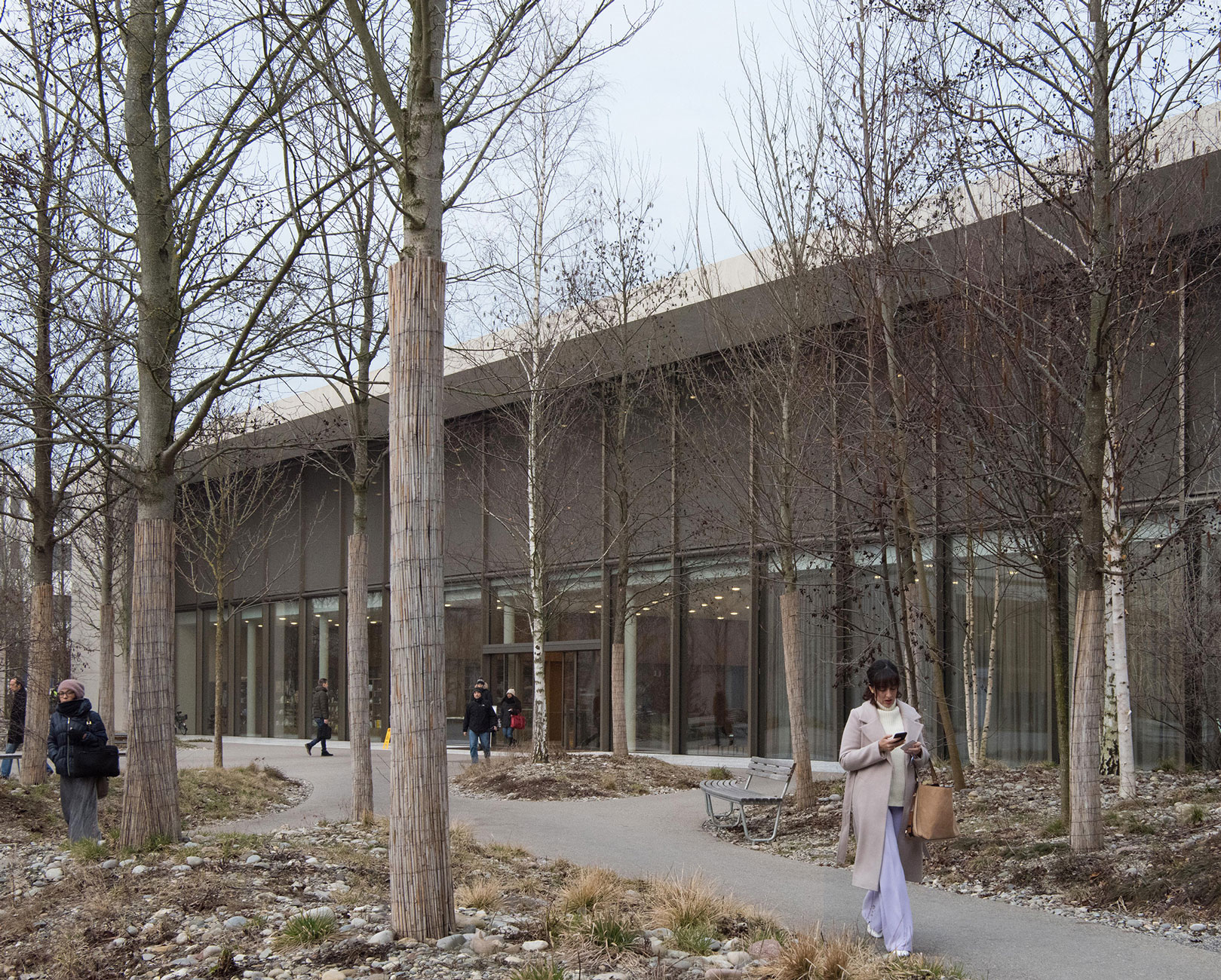
Vegetation in natural form
Landscapes inspired by the genuine character of nature.
The average lawn is an interesting beast: people plant it, then douse it with artificial fertilizers and dangerous pesticides to make it grow and to keep it uniform all so that they can hack and mow what they encouraged to grow. And woe to the small yellow flower that rears its head!Michael Braungart - Chemist
Composing with nature
Study the original nature of a site, the composition of natural groupings of plants and use similar patterns to design the site’s landscaping, respecting the long-term development of nature. Let the plants grow in natural shapes, avoiding artificially designed or formed vegetation.
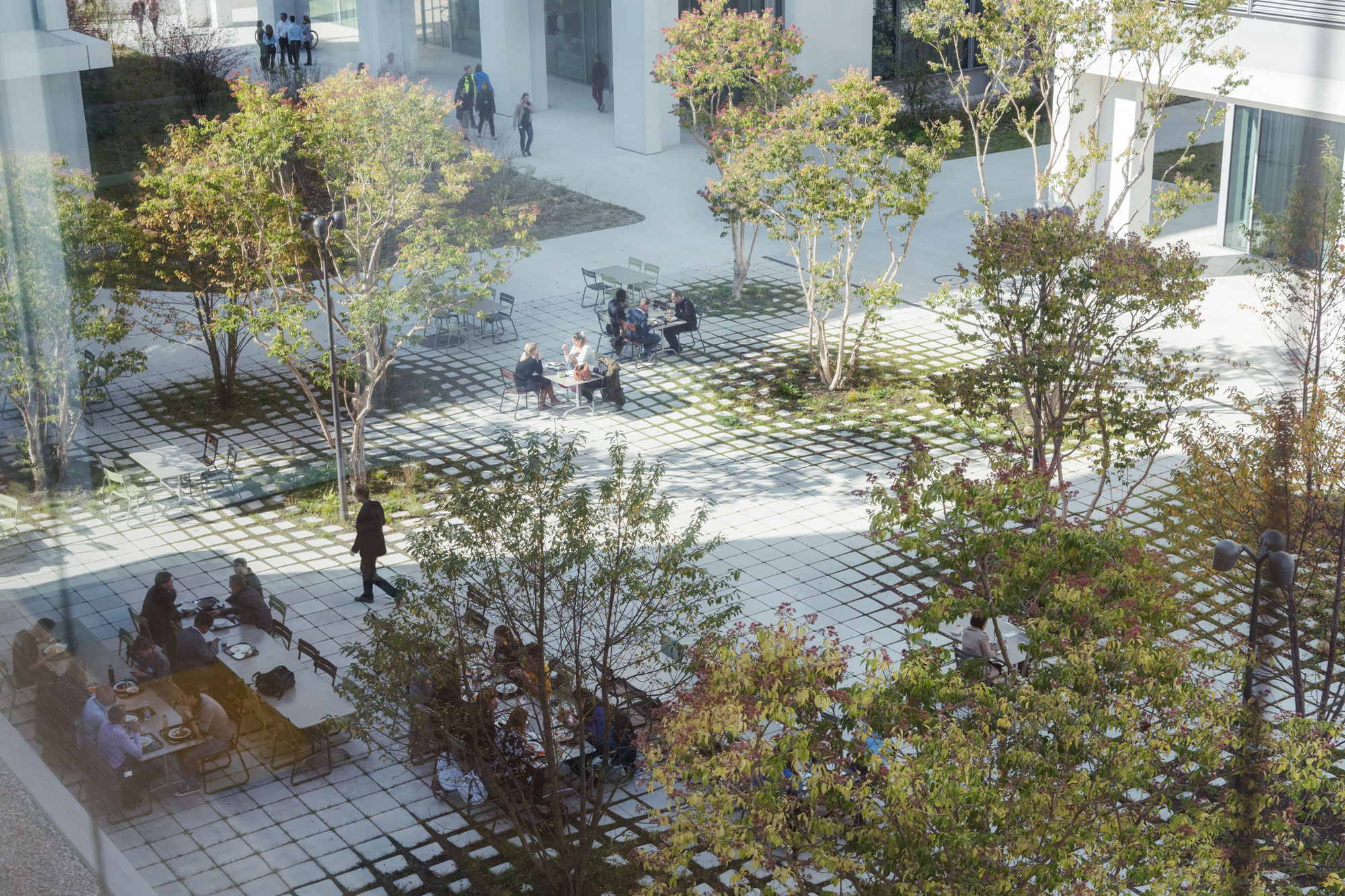
Create vertical and horizontal layers with repeating patterns of plants within these layers to visually connect the garden spaces. Arrange individual plants in beds, spacing them so that they touch when they reach their mature size; this will connect the masses of plants and create a flow without space between them.
Do
- Focus on the long-term development of natural settings. Avoid spectacular effects or stylish elements.
- Make sure planted areas have a significant extension in relation to surrounding buildings to support the desired plant communities. Small planting has limited ecological value and diminishes the spread of native plant colonies.
- Use simple geometries to express clear, functional organisation.
Don't
-
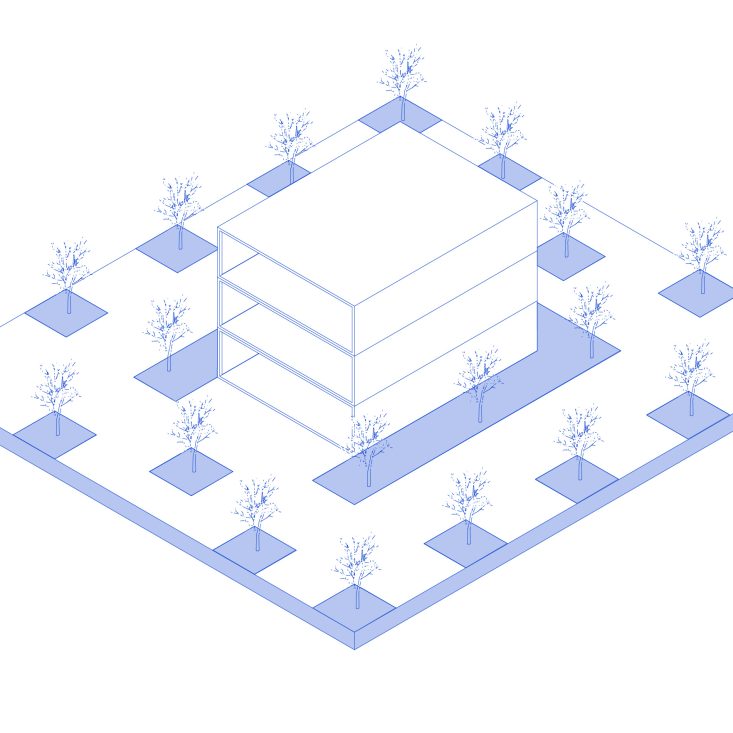
Avoid designing just a narrow strip of greenery around the building, or fragmented small strips of plants.
-
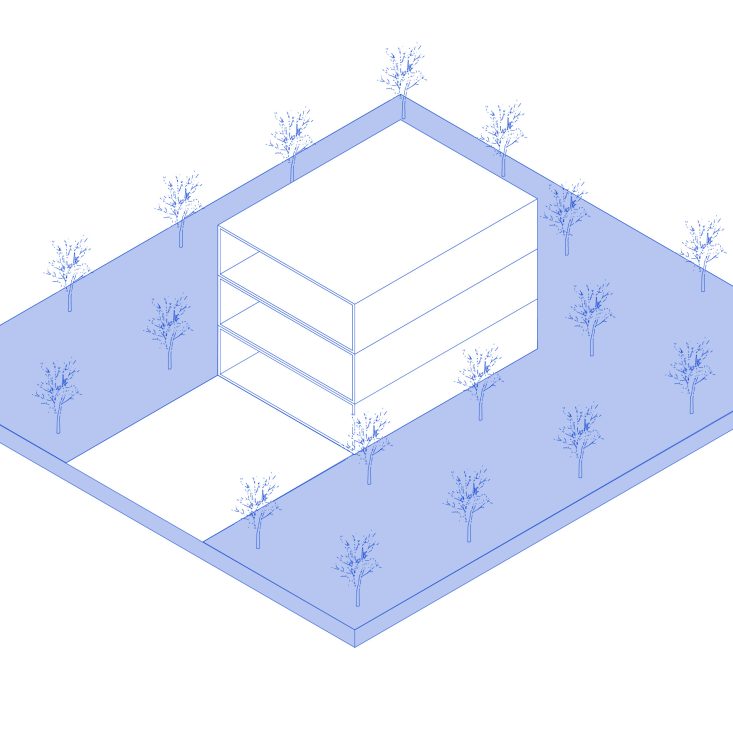
Do not employ lawn as the default landscape. Use it sparingly, and only in support of active program.
-
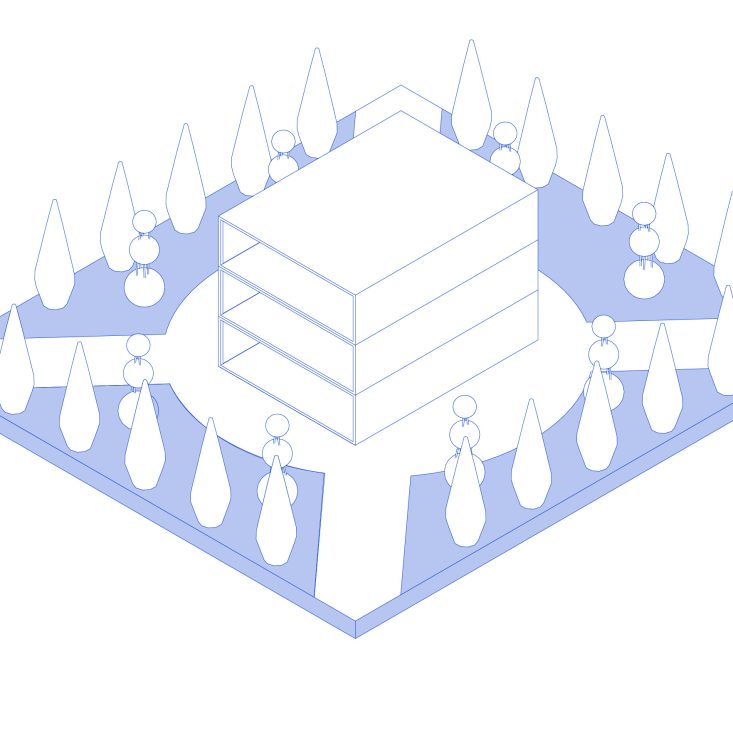
Do not create artificial shapes. Let plants and trees grow and shape naturally.
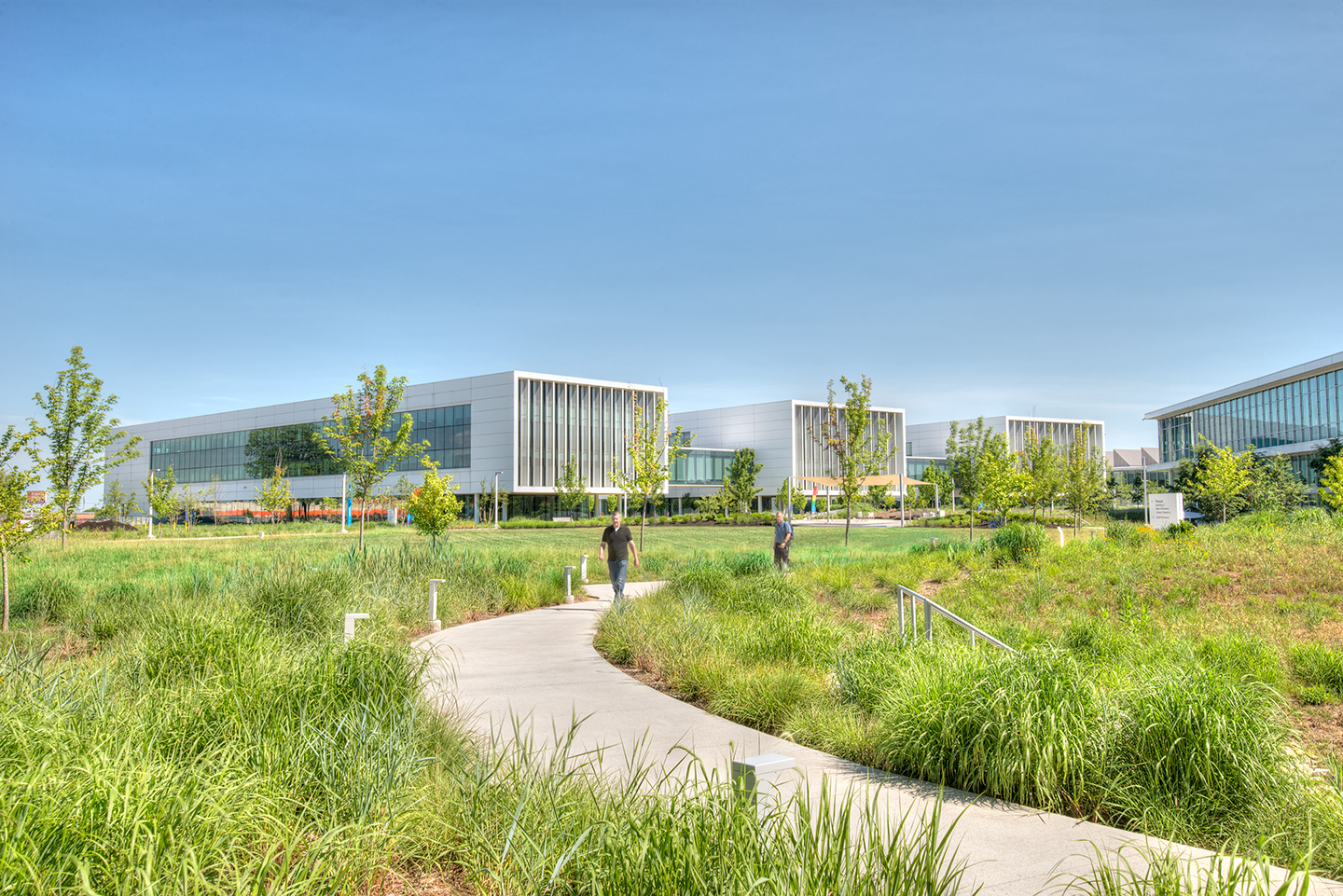
Key to Vegetation in natural form
- Respect long-term development of natural settings.
- Simple geometries express clear, functional organization.
- Let plants and trees grow and shape naturally; do not create artificial geometries or manicured elements.
- Do not employ lawn as the default landscape.